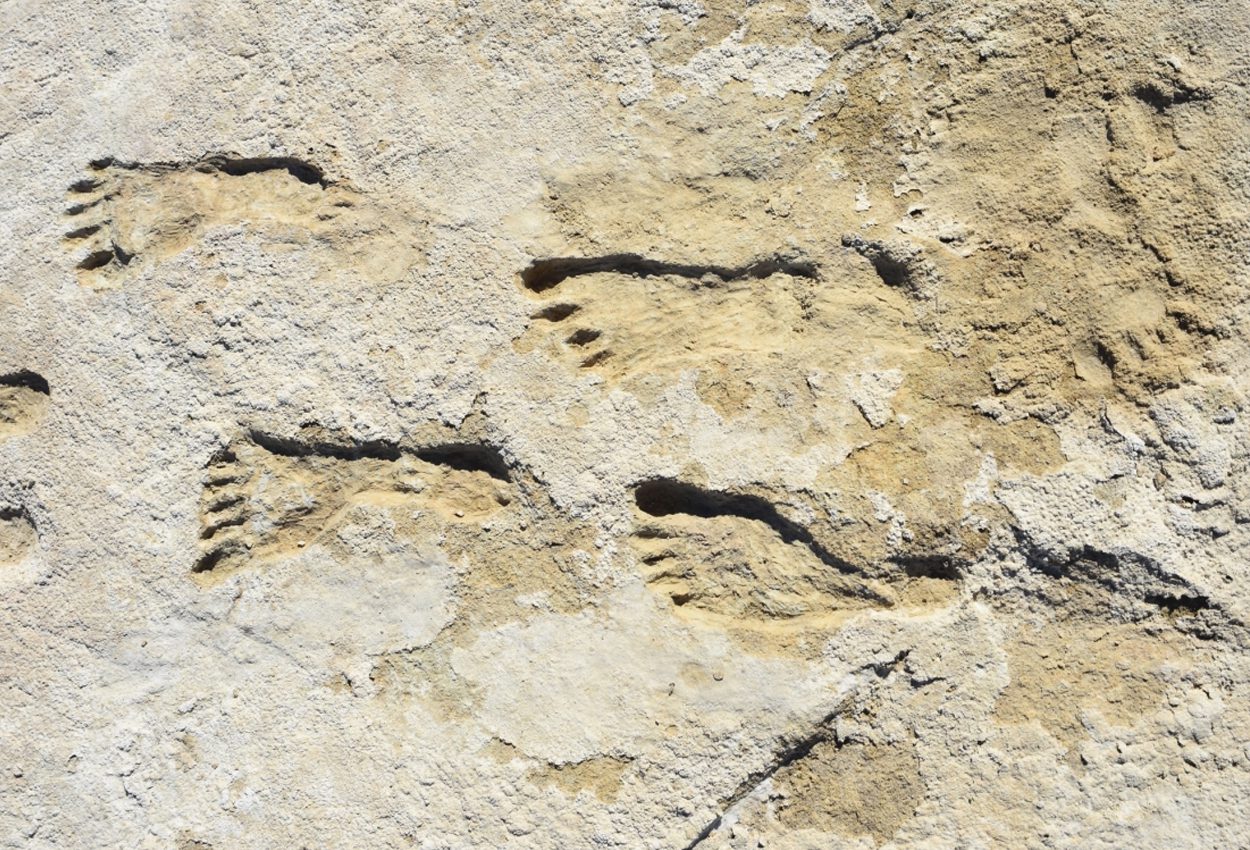Archaeologists conducting research in the White Sands National Park in New Mexico has identified the oldest known human footprints in the Americas.
The findings provide the earliest unequivocal evidence of human activity in the Americas from over 23,000 years ago, a period during the height of the last glacial cycle, known as the Last Glacial Maximum.
Archaeologists have debated for decades when the first people arrived in the Americas, but Vance T. Holliday from the UArizona School of Anthropology and Department of Geosciences said: “Few archaeologists see reliable evidence for sites older than about 16,000 years. Some think the arrival was later, no more than 13,000 years ago by makers of artefacts called Clovis points. The White Sands tracks provide a much earlier date. There are multiple layers of well-dated human tracks in streambeds where water flowed into an ancient lake. This was 10,000 years before Clovis people.”
The team used radiocarbon dating of seed layers above and below the footprints to determine their age, which showed human presence at the site lasting two millennia, and the oldest track dating back 23,000 years.
Kathleen Springer from the U.S. Geological Survey said: “Our dates on the seeds are tightly clustered and maintain stratigraphic order above and below multiple footprint horizons – this was a remarkable outcome”.
An analysis on the size of the human footprints suggests that they were mainly teenagers and younger children, whilst other tracks indicate that they were left by mammoths, giant ground sloths, dire wolves, and birds.
“It is an important site because all of the trackways we’ve found there show an interaction of humans in the landscape alongside extinct animals, like mammoths and giant sloths.” said Sally Reynolds of Bournemouth University. “We can see the co-existence between humans and animals on the site as a whole, and by being able to accurately date these footprints, we’re building a greater picture of the landscape.”
Header Image Credit : David Bustos – White Sands National Park





